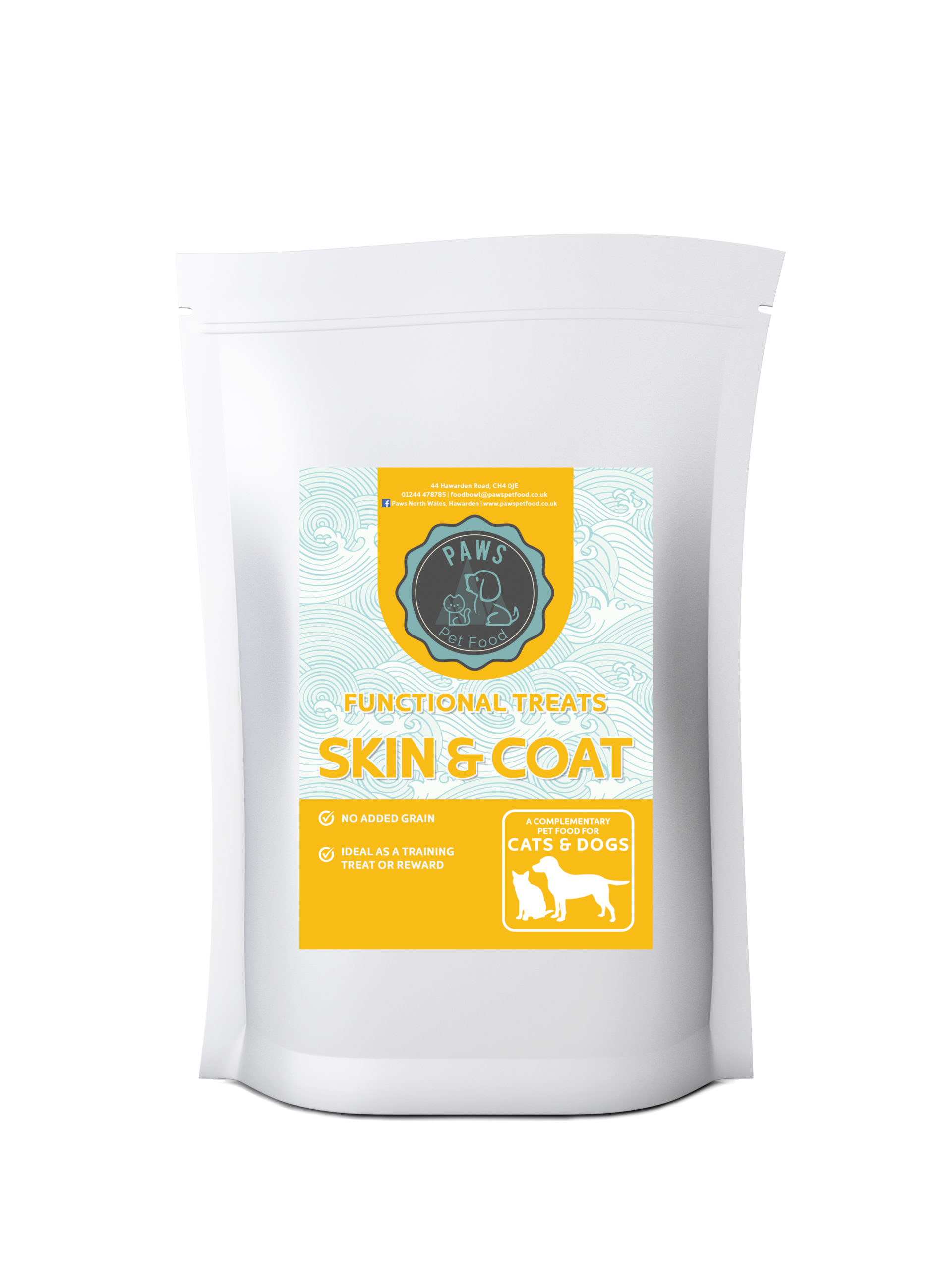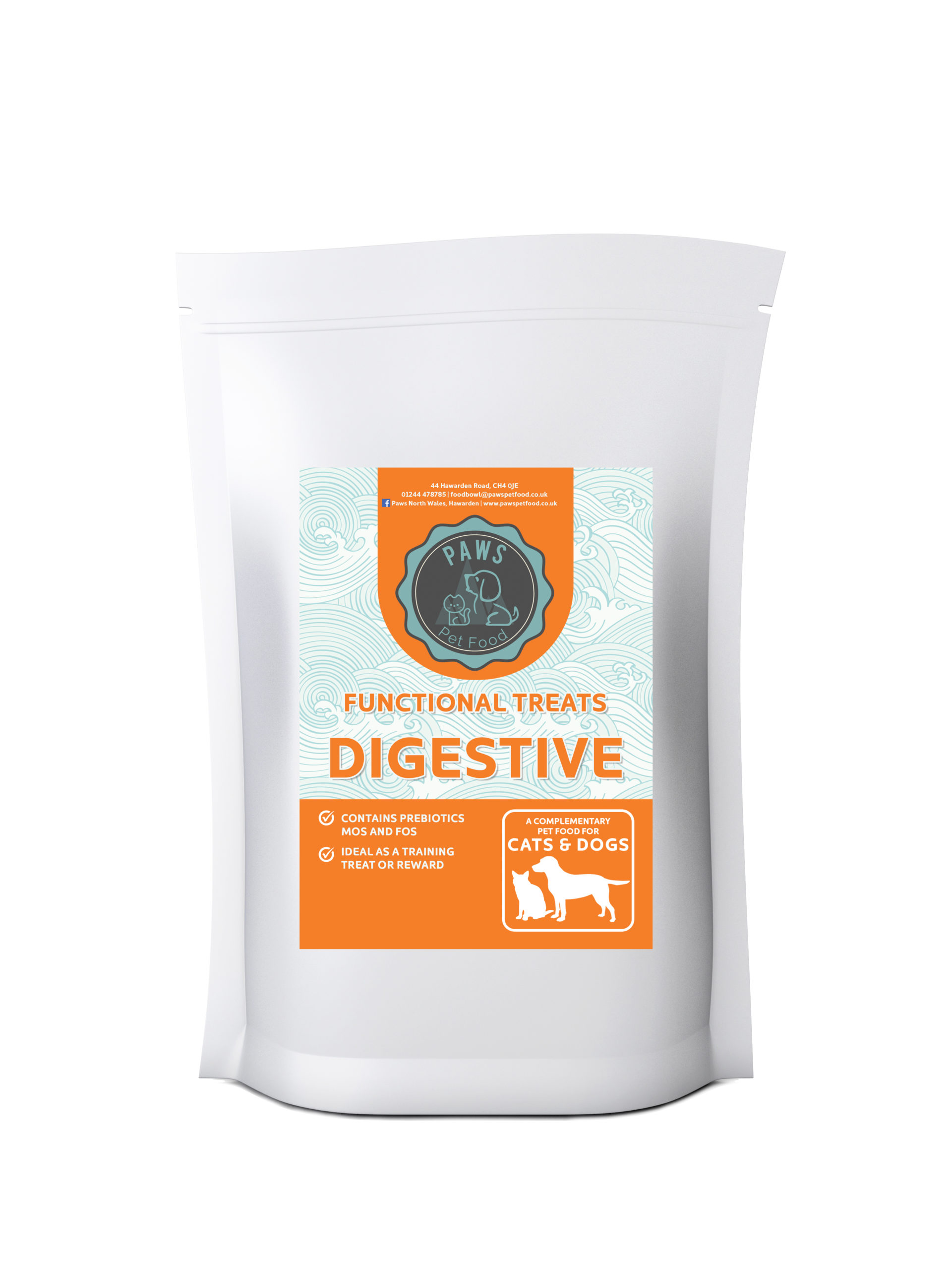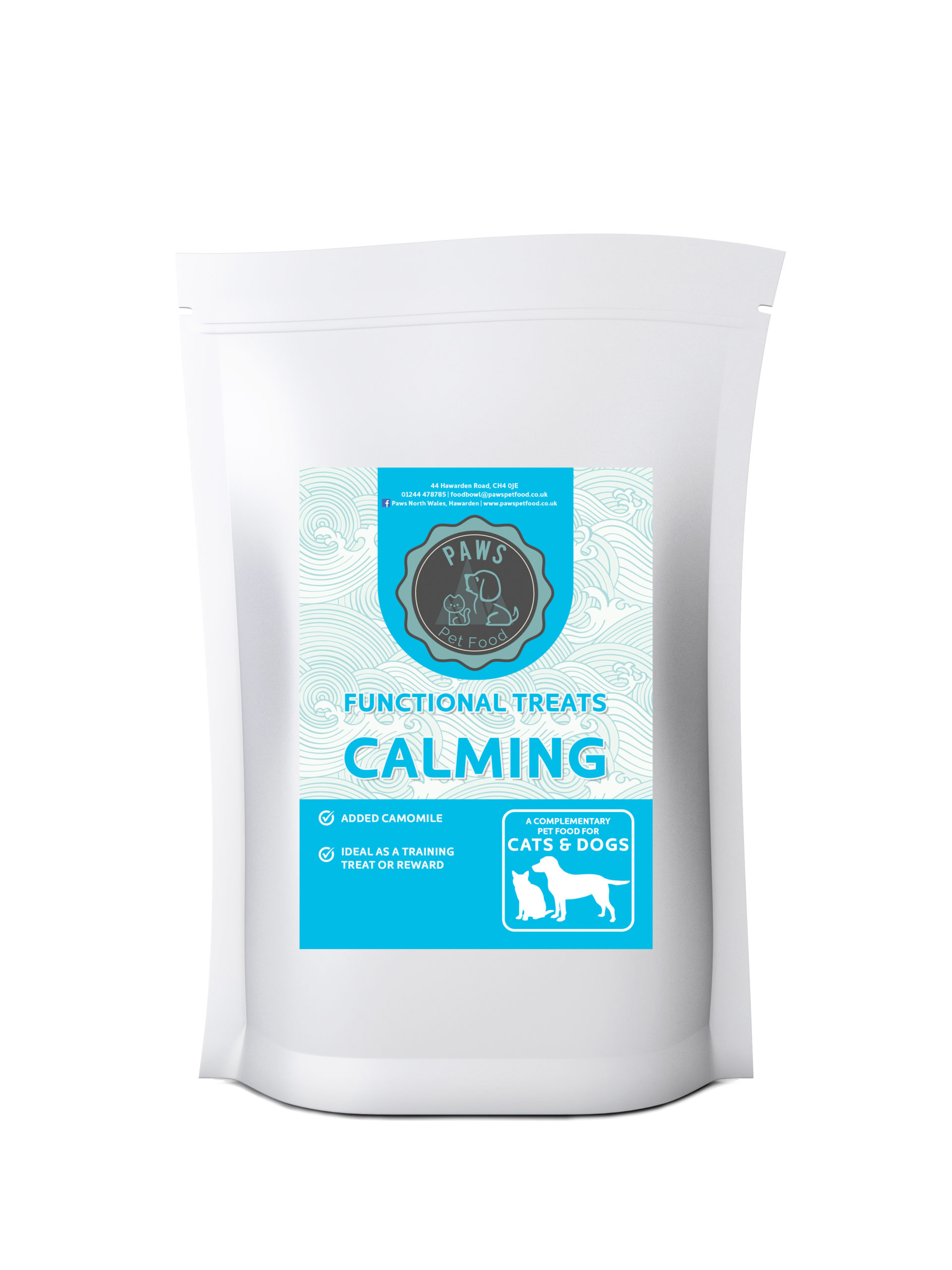Talking with customers can be illuminating.
Those conversations often reveal what consumers believe about food allergies: that is, their pets have an allergy to a meat protein (chicken, beef, etc). How do they know for sure?
Could it be a flea bite? Is it observed during the relative humidity months of the year? Is their pet bathed regularly? The typical response is always ‘I switched foods and the problems went away’. These include problems like dry skin, itching, flaking, dermatitis and diarrhoea.
Some protein allergies do exist but the nutritional formulation and processing controls can vary widely among pet foods. Nevertheless, consumers and the blogosphere are quick to blame pet foods for the use of some ingredients (preservatives, colours, fibres) which are unproven allergens. Paws Pet Food recipes are formulated without artificial colours or preservatives.
Allergy vs intolerance 
Consumers often misunderstand food intolerance as an allergy, interpreting an intestinal upset as an allergy.
A true allergy is an immunological response to a protein allergen and can be seen in itchy skin, skin and ear infections and even hair loss. However, food reactions range from 1% to 6% of all dermatoses seen by veterinarians. Most true allergies seen in pets with skin disorders are due to fleas, dust mites, grasses, pollen and other environmental issues. If the immune system is truly compromised, flea insensitivity and dermatitis can be triggered.
How can our customers know that their pet truly has an allergy?
Veterinary practices will be able to offer allergy testing in order to try and identify the potential causes for the clinical signs being seen. Although, most would suggest this has to be done by process of elimination, changing from one food (or one ingredient) to another. If the consumer is a typical consumer, they are feeding many treats, table scraps, dental products along with their complete and balanced food(s). A new food regime must be fed 45 to 60 days to completely allow the new food to be seen to be having an impact.
Paws Pet Food recipes
Our pet food recipes are formulated for everyday health and well being and often exclude ingredients which may cause unwanted intolerance’s including grains (i.e wheat and maize) as well as beef, chicken, soya, or dairy. Our recipes may able to assist with food intolerance’s as opposed to allergic reactions and are not classed as an allergenic pet foods.
Food for Pets With Allergies or Sensitivities
FREE DELIVERY WITH DPD IN 2-3 DAYS
Allergies Pet Food Articles
Comprehensive Guide: Common Health Concerns in Dogs and How to Address Them
Canine Wellness Guide: Navigating Common Dog Health Concerns and Proactive Care Dogs, like any other living beings, can face a variety of health concerns. It's important for pet owners to be aware of these [...]
Paws Pet Food: Nourishing Your Canine Companion with Sustainable Plant and Vegetable Protein Dog Food
Plant and Vegetable Sustainable Protein Source Adult Dog Food *Made in Wales* In a world where pet owners are increasingly conscious of the impact of their choices on the environment, Paws Pet [...]
Hypoallergenic Pet Food – Separating the Facts from the Hype
What is a food allergy in dogs and cats? Dogs and cats may display adverse reactions to food that can be broadly divided into two groups – immunological (food allergy) and non-immunological. A food [...]
Collagen in Pet Food
What is Collagen? In nature, collagen is a protein found exclusively in animals, especially in the skin, bones and connective tissues of mammals, birds and fish. Strictly speaking, collagen is actually a family of [...]
What dog food should I feed my dog?
A common query from pet owners is “what diet should I feed my dog?”. With so many dog food brands available to choose from, a decision can be hard to make. It is important [...]
Does my pet have an allergy or intolerance?
You may be surprised to learn that food intolerances are a common problem amongst pets. Lower quality pet food, packed with artificial additives, chemicals and known hyper-sensitising ingredients, can often cause disturbances. Feeding a [...]































